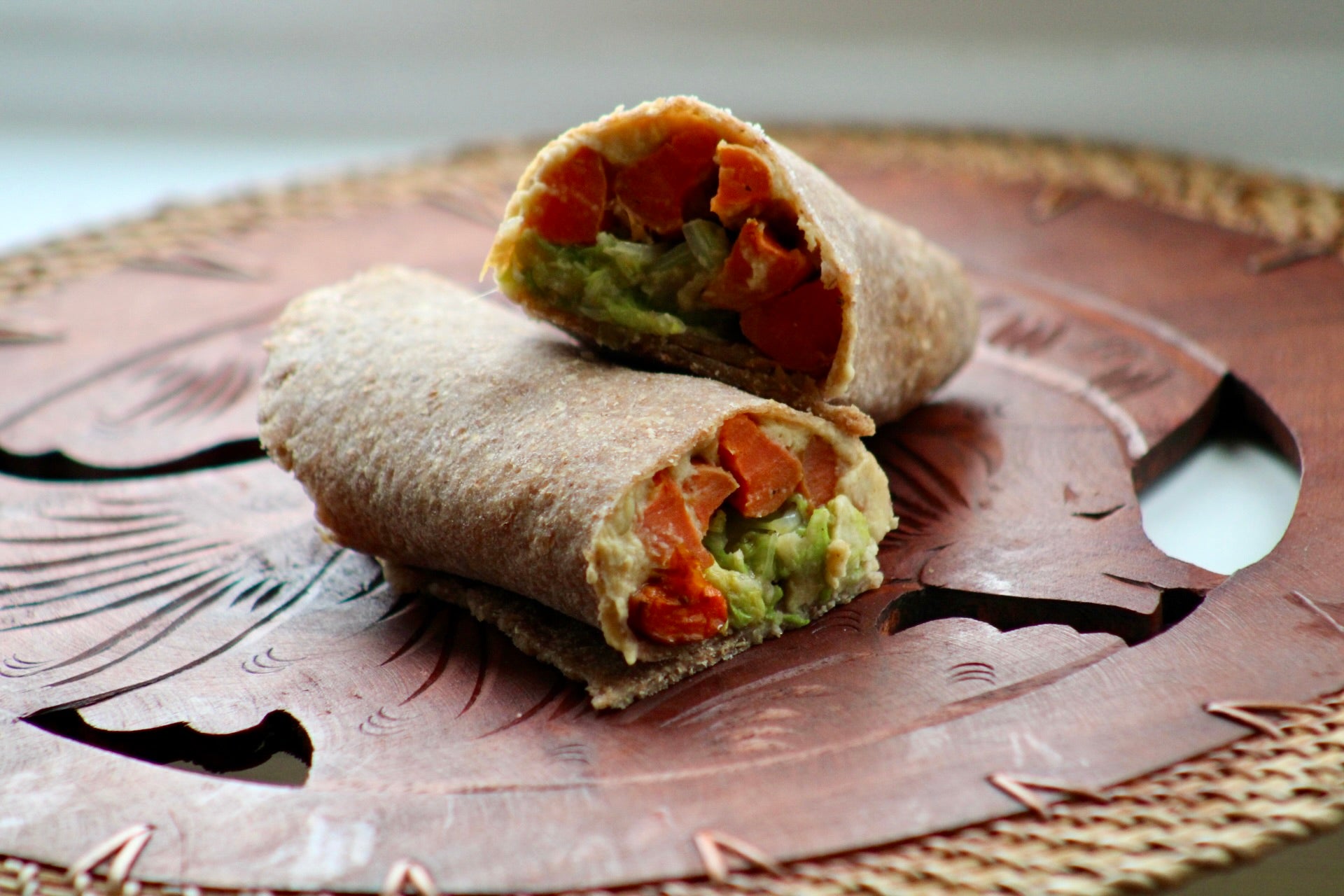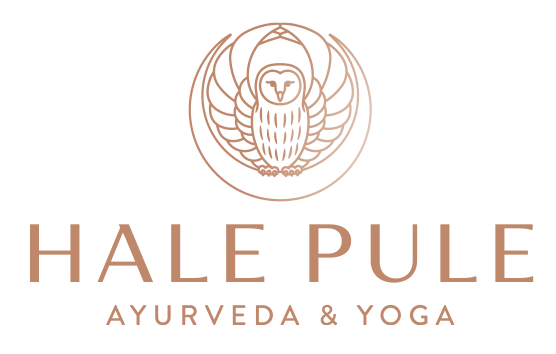 Whether you are at the office or at home, meals should be a ritual. A moment to step away from your desk, and to eat your food with consciousness in every mouthful.
Whether you are at the office or at home, meals should be a ritual. A moment to step away from your desk, and to eat your food with consciousness in every mouthful.
We created this recipe as an easily portable lunchtime option. The chinese cabbage and hummus make up the extractive element of the 60:40 balance bowl formula, and the carrots and chapati form the augmenting part.
Making your own chapatis brings added connection to your meal, and it is surprisingly simple! You can find our chapati recipe here {insert chapati recipe link}.
Cabbage can sometimes be aggravating for vata dosha if it is not fully cooked or in too large a quantity. So be sure to cook it well with spices and only 20% of the meal.
It is our hope that these wrap ideas can spark your creativity when it comes to lunchtime. To explore different hummus recipes, substitute a different augmenting vegetable for the carrots, and find your creative flow when it comes to cooking.
Augmenting and Extractive
SERVES: 2
PREPARATION TIME: 40 minutes
YOU’LL NEED
For the Hummus:
- 1/2 cup dry chickpeas (soaked in plenty of water overnight)
- 1 Tbsp. ghee or olive oil
- ¼ tsp. mineral salt
- 1/2 tsp. fresh ginger, chopped
- 1/2 tsp. cumin powder
- 1/2 tsp. coriander powder
- 1 bay leaf
- Squeeze of lime or lemon
- Additional water (optional)
For the Carrots:
- 2 medium carrots
- 1 tbsp ghee
- ¼ tsp salt
- ⅛ tsp black pepper
For the Cabbage:
- 1 cups shredded chinese cabbage
- 1 tbsp ghee
- ½ tsp chopped fresh ginger
- ¼ tsp salt
HERE’S HOW:
- Cut the carrots into thick sticks and place in a baking dish with the ghee, salt and pepper. Cover the bottom of the baking dish with water. Bake in the oven for about 25 minutes at 375 F or 190 C.
- Drain the chickpeas from their soak water.
- Warm the ghee or olive oil in the pressure cooker, then add salt and fresh ginger. Simmer until the aroma comes up to meet you. Next add the cumin, coriander and bay leaf and simmer for 1 to 2 more minutes. Add the chickpeas and stir to coat. Add enough water to cover them plus a bit, lock the lid and turn up the heat to bring the pot to pressure.
- When the pressure indicator appears, turn the heat down as low as possible while maintaining the pressure (you will get to know this setting on your cooktop). Cook for about 24 minutes at pressure, then turn off the heat and let the pressure come down naturally until the pressure indicator turns off. It is still cooking in this process.
- Be sure to turn the lid away from you when you open it. Remove the bay leaf.
- Allow the chickpeas to cool for about 5 minutes, then blend to your desired consistency with water left from the cooking process. For a thinner hummus, add a little more water.
- To prepare the chinese cabbage, heat the ghee in a pan and add the salt and ginger until an aroma arises.
- Add the chinese cabbage and saute until soft.
- Spread the hummus into the chapati and top with the baked carrot and chinese cabbage.
TIPS & SUBSTITUTIONS:
- If cooking the chickpeas stovetop rather than a pressure cooker, bring the chickpeas to the boil and simmer for 45 minutes to an hour until soft.
- Replace the carrots with another augmenting vegetable such as butternut squash or sweet potato to vary this recipe.
- Explore our alternative hummus recipes, such as Adzuki Bean or Black Eyed pea Hummus.
